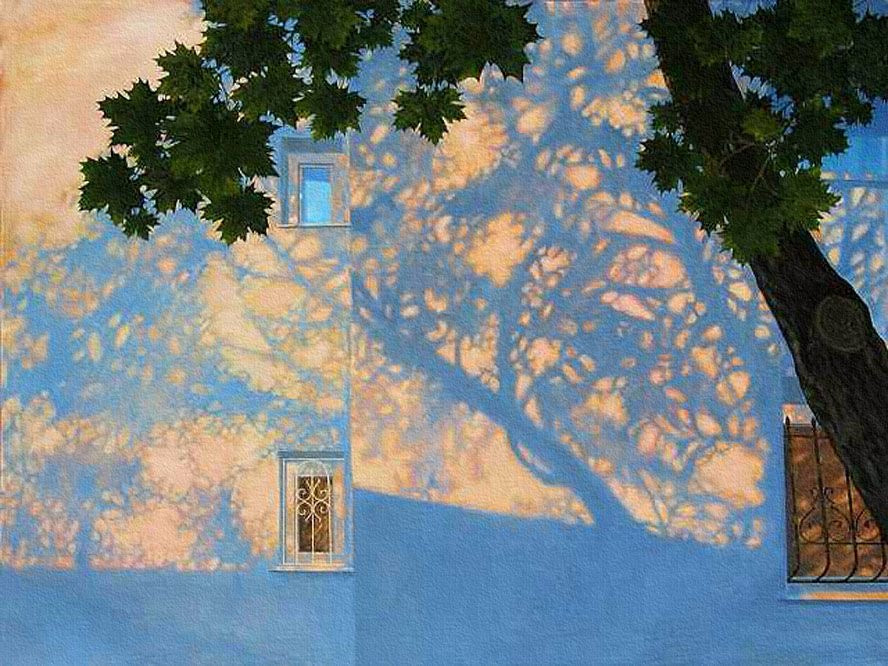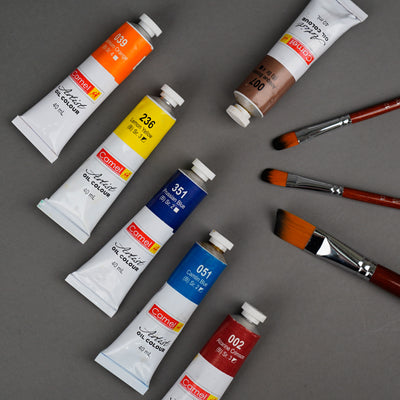
A Guide to Painting Shadows
Study of shadows opens up a realm of nuances crucial for creating compelling and visually pleasing paintings. Beyond the basics, understanding the subtleties of shadow play is essential for artists. Unraveling their intricacies ensures that our paintings not only work technically but also captivate with a richness that comes from mastering the art of shadows.
Some of the concepts worth looking into are:
I. SHADOW SHAPE
Beginners typically concentrate on the primary subject when drawing or painting, while experienced artists also consider the shapes surrounding the subject (known as negative space) and the shapes cast by the subject, particularly shadows.

2. SHADOW PROPERTIES
When painting outdoors, the most prevalent lighting conditions are direct sunlight and a cloudy sky, both affecting the qualities of the cast shadow edge. Direct sunlight results in a hard light source, creating well-defined shadows with crisp edges. On the other hand, a cloudy sky produces a soft light source, resulting in subtler shadows with blurry edges.

When depicting a sunlit scene, the hardness of cast shadows changes based on the distance between the subject and the surface onto which its shadow falls.

3. SHADOW TEMPERATURES
Artists often mention how a cool light source yields warm shadows and vice versa. While this is technically accurate, the effect is subtle. On a sunny day with a warm yellow light, the shadows appear as a subtle blue/violet cool grey.

The color of the surface plays a crucial role in shadow appearance. Shadows on a white surface directly respond to the light source color, but when cast onto a colored surface, the surface color influences the shadow. For example, leaves casting shadows onto grass on a sunny day would differ from shadows on a dusty path, even though the initial shadow color is purple/grey due to warm sunlight.

4. SHADOW VALUES
Observing shadow values (lightness or darkness) and noting their lightening towards the edges is essential. Shadows outdoors tend to be lighter than perceived due to sunlight bouncing back into them. Additionally, in outdoor settings, white objects reflect more light into their shadows due to the abundance of bounced light.

As we navigate the intricate dance of light and shadow, we discover that the magic lies in the details. By honing our awareness of shadow values and embracing the unexpected play of bounced light, we infuse our artwork with a depth that goes beyond the surface. As you embark on your artistic journey, remember that mastery of shadows not only enhances technical skill but also brings a unique allure to your creations. So, paint with intention, observe the nuances, and let the shadows tell their captivating stories on your canvas.
Happy painting!




Leave a comment